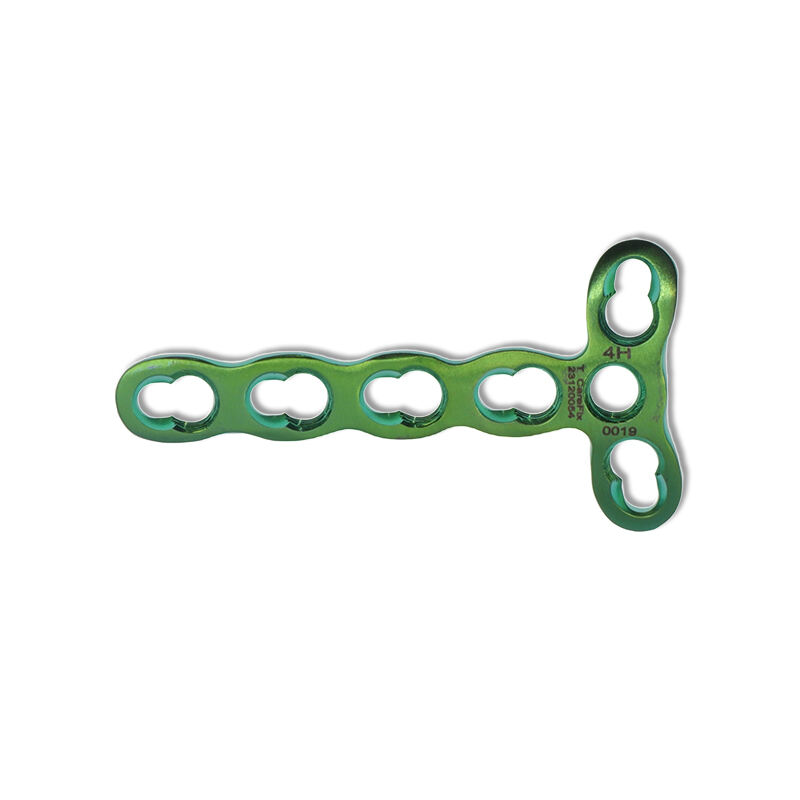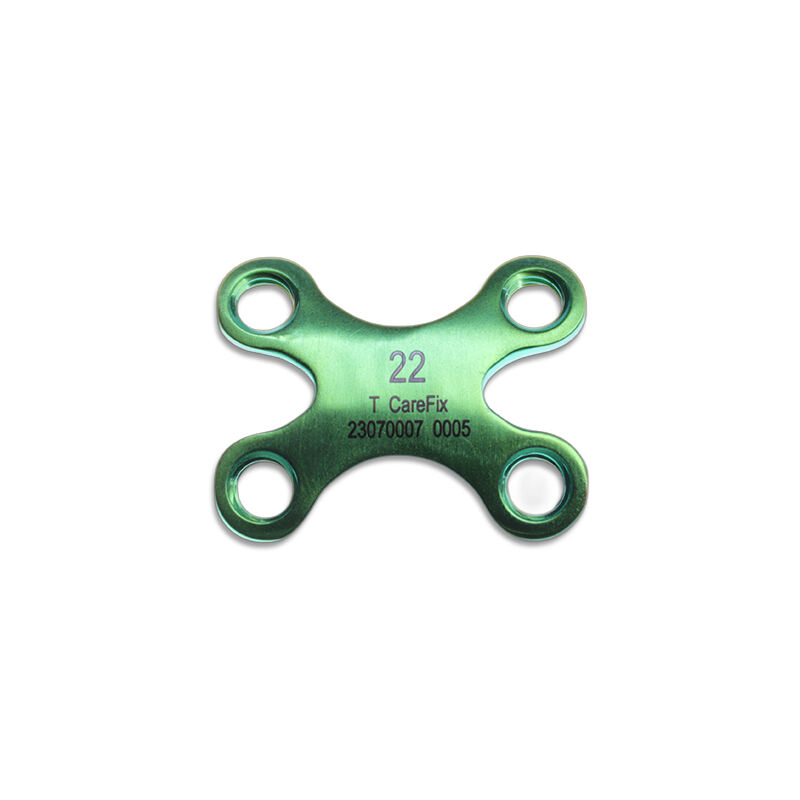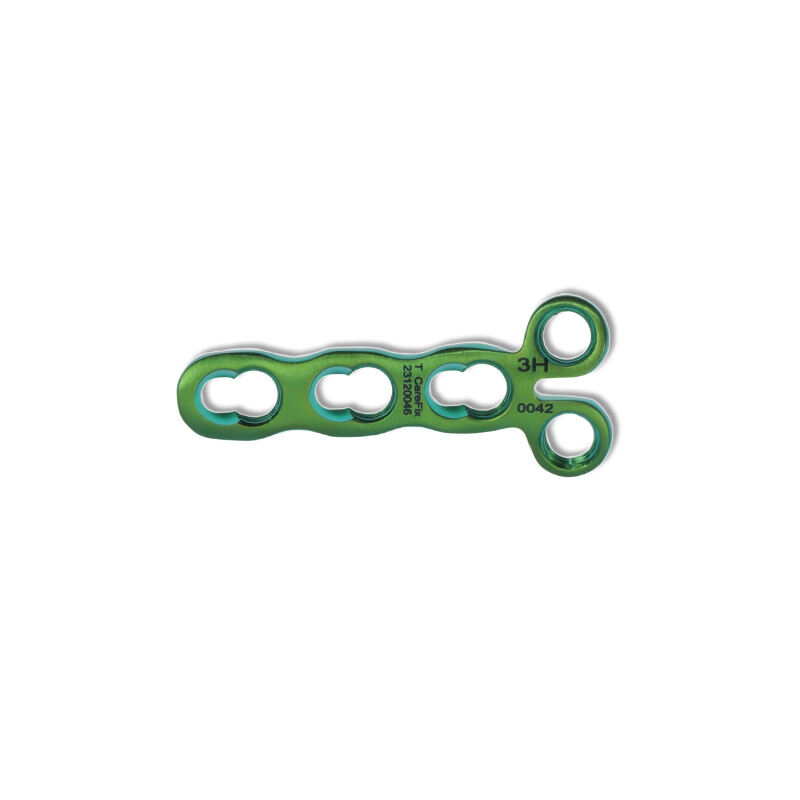mini locking plate
The mini locking plate represents a significant advancement in orthopedic fixation technology, offering a versatile solution for various bone fracture treatments. This innovative medical device combines compact design with superior stability, making it particularly effective for treating small bone fractures in areas such as the hand, wrist, foot, and ankle. The plate features precisely engineered locking mechanisms that secure both the plate to the bone and the screws to the plate, creating a unified and stable construct. Its low-profile design minimizes soft tissue irritation while maintaining optimal strength for fracture fixation. The mini locking plate is manufactured from high-grade surgical stainless steel or titanium alloy, ensuring biocompatibility and durability. The system includes various plate configurations and sizes, allowing surgeons to select the most appropriate option for specific fracture patterns. Advanced coating technologies may be applied to enhance osseointegration and reduce the risk of infection. The plate's design incorporates anatomically contoured shapes that conform to bone surfaces, facilitating proper alignment and reducing the need for intraoperative bending.


